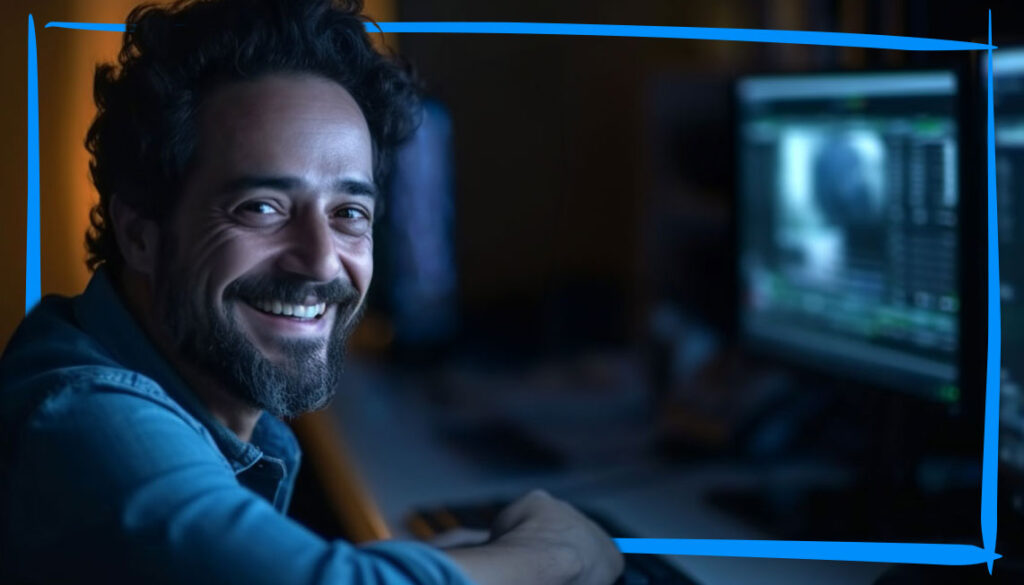A New Perspective on Generative AI
The rapid rise of Generative AI is a topic of intense debate, particularly in creative fields like graphic design. Recently, we conducted a survey asking, “How Will Generative AI Impact Graphic Designers?” The responses reflect both apprehension and optimism, presenting an enlightening view of this technological revolution.
The Results: A Mix of Optimism and Caution
Diving into the findings, not a single respondent (0%) believed that AI won’t impact designers at all, underscoring AI’s inevitable role in the design landscape. Almost half of the respondents (47%) felt that AI still needs designers, indicating a belief in the continued relevance of human creativity. An equal percentage (47%) suggested that AI will reduce design jobs, pointing to a cautionary view of AI’s capability to automate certain tasks. A small but notable 6% of respondents believed that AI would completely replace designers, reflecting the underlying fear regarding AI’s potential dominance.
AI as a Tool, Not a Threat: Optimistic Realism
Let’s first consider the optimistic view of the 47% of respondents who said AI still needs designers. This perspective embraces the transformative potential of AI while acknowledging the irreplaceable human element in design. It’s a stance of realistic optimism, envisioning a future where AI augments human creativity rather than suppressing it.
The Fear of Replacement: Cautionary Realism
On the flip side, we have an equal percentage of respondents who predict that AI will reduce design jobs, with a small fraction suggesting complete replacement. This view is understandable given AI’s capabilities. Particularly in areas where designs follow similar templates or styles, AI’s efficiency and consistency may replace some human tasks. This percentage, along with the 6% fearing total replacement, represents a significant 53% of respondents who foresee AI’s potential threat to the traditional design career.
Embracing Change: An Ongoing Evolution
Despite these apprehensions, we need to remember that innovation and technological progress have always provoked similar concerns. Past transformations often led to a shift in roles rather than complete elimination. By developing skills where humans naturally excel – conceptual thinking, complex problem-solving, and emotional intelligence – designers can continue to bring irreplaceable value to the table.
Graphic Design and AI: A Symbiotic Future
A key takeaway from this survey is the importance of adapting to the changing landscape. Designers can leverage AI to their advantage, using it to augment their creative processes and improve efficiency. Those willing to evolve their roles, becoming design strategists or AI-guided designers, can find new opportunities in this AI-infused landscape.
Navigating the AI Transformation
This survey provides an eye-opening perspective on the future of graphic design in the wake of generative AI. The results underscore a critical need for preparedness and proactive adaptation among designers. As we step into an era of AI and design symbiosis, let’s remember – it’s not about replacement, but about evolution. The dance with generative AI is just starting. Instead of fearing the music, let’s learn to move with it, shaping a future where human creativity and AI efficiency harmoniously coexist.
The survey ran for a week in early June 2023 and was shared multiple times with ~2,000 LinkedIn members.



